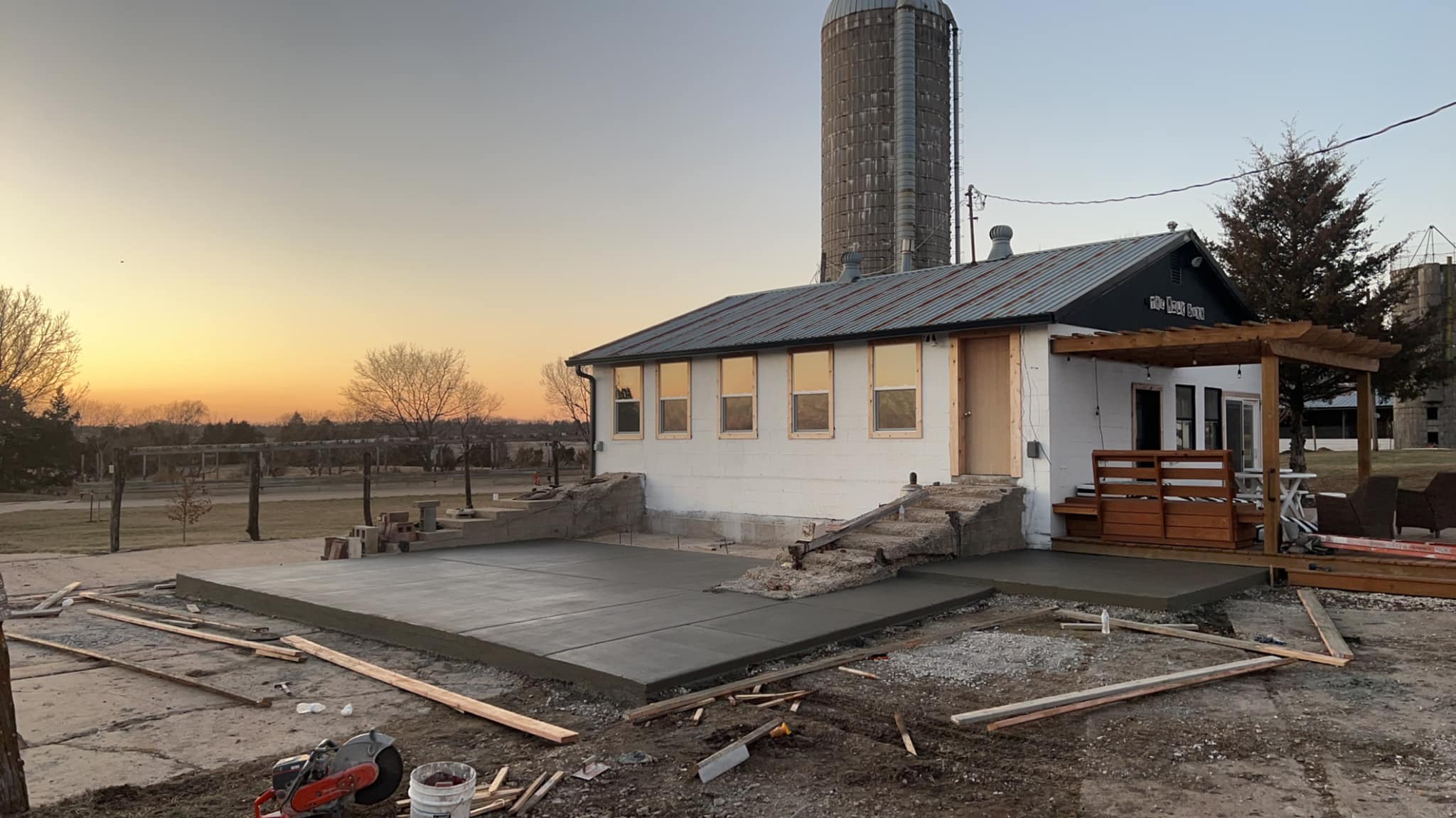
Advancements in Concrete Repair Techniques for Long-Lasting Infrastructure Aug 02, 2025
The evolution in concrete repair techniques is not just a response to the growing demand for robust infrastructure but also reflective of advancements in technology and materials science. In the past, concrete repair was often seen as a temporary fix, a band-aid solution that would hold up until the next inevitable round of deterioration. Today, thanks to innovative methodologies and materials, concrete repair can extend the life of a structure significantly — a critical factor for bridges, roads, and buildings.
The first major advancement in concrete repair is the development of polymer-modified concretes. These materials incorporate polymers which enhance the tensile strength of the concrete, making it more resistant to cracking under stress. Polymer-modified concrete not only provides immediate structural reinforcement but also offers better longevity compared to traditional concrete mixes. This makes it an ideal choice for structural repairs in areas with high load demands.
Another significant leap in technology is the use of self-healing concrete. This type of concrete utilizes bacteria embedded within the material that can produce limestone to fill cracks and crevices. When water enters through a crack, the bacteria are activated, and they begin to repair the damage from within. This self-healing property is revolutionizing how we think about long-term maintenance and repair, as it potentially reduces the frequency and cost of repairs.
In addition to materials, the techniques employed in applying these repairs have evolved. For instance, advanced injection technologies, such as epoxy resin injection, provide a means to fill and seal fine cracks without having to replace large sections of a structure. Epoxy resin is particularly effective because it bonds strongly to the concrete, restoring its integrity while preventing future water ingress, which is a common cause of concrete deterioration.
Cutting-edge inspection technologies are also transforming concrete repair. Infrared thermography and ground-penetrating radar allow for precise diagnosis of hidden structural issues, enabling targeted repairs. This not only saves time but also reduces costs by eliminating the need for unnecessary work. For companies like Premium Concrete Construction, such technology ensures that they can provide clients with detailed assessments and effective repair plans.
Sustainability is another driver of innovation in concrete repair. Eco-friendly concrete repairs, such as using recycled materials and minimizing emissions from production processes, align with the global shift towards greener construction practices. Premium Concrete Construction is at the forefront of this movement, integrating sustainable solutions that do not compromise on quality or strength.
As the demand for durable infrastructure grows, staying informed about these advancements becomes crucial for anyone involved in construction, from contractors to property developers. With these innovative techniques, Premium Concrete Construction is not just repairing concrete; they are building the future—ensuring that structures not only endure but thrive for generations to come.
The landscape of concrete repair is ever-evolving, with each advancement offering new possibilities for longer-lasting and more reliable infrastructure. By embracing these developments, Premium Concrete Construction ensures that they continue to deliver superior services while contributing to a stronger and more sustainable built environment.